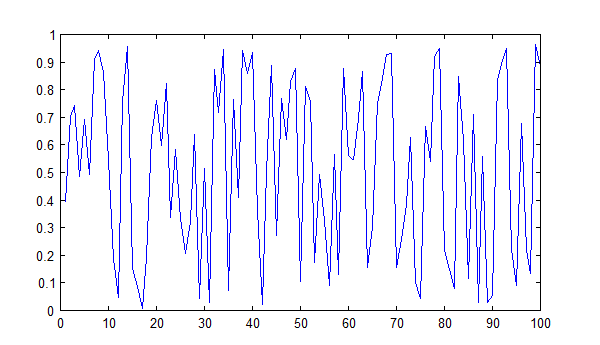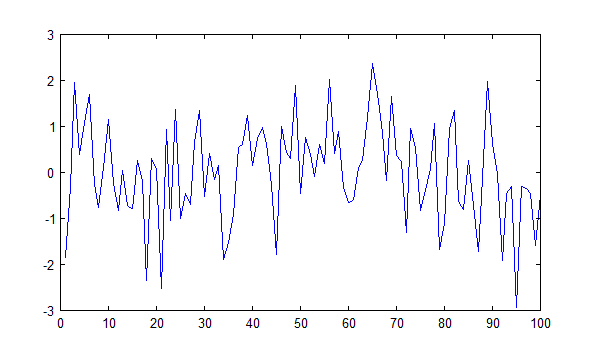

Unfortunately, Lab 1 does not explicitly specify the content or format of the Pre-Lab.
Please submit the answers to the questions in the pre-lab section of the lab as a PDF file. Include:
Lab 2 is taking longer than expected so we will complete it next week (September 25). The due date for the report has been updated.
At the beginning of the lab this Thursday (September 25) you will be asked to install the Agilent/Keysight VISA software and a C compiler. This software will be used to control the Rigol DS2000 oscilloscope in future labs. The installation process has to be done ahead of time due to the way the PCs are configured and IT scheduling constraints.
The two software packages will be available on the course D2L web site as well as the course share-out drive.
Please download the two installation files to the D: drive first, open the installer files and accept the defaults when installing the software. When you are done, an IT employee will "unthaw" your PC so these changes are retained across machine restarts.
You may be asked to install the software on one additional machine in the lab to ensure that all PCs get updated.
You can also install this software to you own PCs (Windows only, unfortunately) although you will not be able to run the software at home (unless you have some compatible test equipment).
Thank you for your cooperation.
A slightly revised version of the lab3 handout is available on-line.
See the Content/Software section of the course web site for a partial lab3 solution. See Content/Reference Material section for the 'scope and VISA manuals.
A 500ms delay before each measurement does not give reliable results after a scale change. Please use a 1000ms (1s) delay.
Out-of-range values (e.g. values >1E9) indicate measurement errors and should not be written to the file (i.e. to stdout) and should not be used to adjust the vertical and horizontal scaling. But they should be written to stderr so you can see what is happening.
The initial settings in the sample C solution are appropriate for a frequency of 100 Hz and a voltage of about 4 Vpp. You should start your measurements at this frequency and input level and go up in frequency from there.
The 'scope may not be able to measure the frequency and/or voltage if the vertical and/or horizontal scaling are too far off. If this happens, change the signal generator frequency and voltage back to values that the 'scope can measure and continue from that point. If the 'scope settings get set to extreme values you may have to restart the measurement.
Since your response will be plotted on a logarithmic frequency axis try to space the sampled frequencies appropriately. For example, use approximately the same number of sample points in each decade-wide signal generator frequency range rather than taking one sample point per constant frequency interval (not every 1kHz for example).
Some of the channel simulator boards have broken PCB traces resulting in no output. Check yours.
At a minimum, your program listings should be printed in a monospaced font (each character is the same width), not wrapped and single line spacing.
You can use Notepad++ to "pretty print" your source code. Open your source code file with Notepad++, select the text you want to copy, use the menu item Plugins > NppExport > Copy RTF to clipboard and paste with formatting into your document. This should copy over the formatting used in Notepadd++ to your word processor.
The C statment
for(e1;e2;e3){
...
}
is exactly equivalent to:
e1 ;
while (e2) {
...
e3 ;
}
If your results show the error rate dropping to 0 after a specific threshold value then you may have used the rand() function (which generates uniformly distributed noise) rather than the randn() function which generates normally-distributed (Gaussian) noise. You can check by reading the lab7.dat file with noise samples back into Matlab and plotting the histogram of the values:
f=fopen('lab7.dat','r')
x=fread(f,1e6,'int16');
hist(x)
If your histogram consists of only positive values and all bins have about the same count then you probably used rand() instead of randn() to generate the noise. In this case the probability of error will decrease linearly with increasing threshold voltage. You can either re-do the measurements or use a different equation to compute the predicted BER and plot the BER curve on a linear-linear graph.
Here are two examples of the first 100 samples of the noise waveform. One is uniformly-distributed and the other is normally-distributed. Can you tell which one is which?


The final exam for ELEX 3525 has been scheduled for Tuesday, January 6th in SW1-2019 from 1030 - 1330 (3 hours). Please verify.
Tentative schedule for remainder of term:
| Week of | Lectures | Lab |
|---|---|---|
| Dec 1 | 12 (PN and Scramblers), 16 (IP) | 9 (Scrambler) |
| Dec 8 | 10 (GF2 and CRCs), 9 (FEC, finish) | 10 (Wireshark) |
| Dec 15 | 13 (Duplexing), 14 (ARQ), 15 (Ethernet) |
Everything except the final exam has been marked. Please check that your marks were correctly recorded and computed by looking at the marks file under Content / Course Information. You'll need the password that was distributed in class to retrieve your marks. The overall lab mark is computed from your 9 best lab marks. Let me know if there are any questions or issues.
Congratulations, everyone passed.
The final exam marks ranged from 74% to 96% with the average and median both 86%. The solutions and marking scheme have been posted.
The tentative final marks for the course range from 67% to 97% with an average of 84% and a median of 81%.
These marks are subject to change.
Unfortunately, the assignment and lab marks were imported from D2L in the wrong order which meant that some students were assigned other student's marks.
I think the error has been corrected, but please check your marks just in case.
Thank you!